Ventilator DefinitionA ventilator is a device that aids in breathing. A ventilator is a device that pulls in healthy air and pushes out dangerous air. Most hospitals and transportation systems, including ambulances and medevac air transport, etc., use mechanical ventilators. 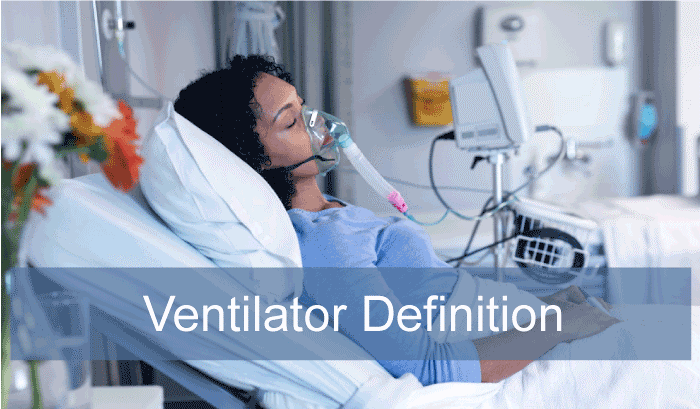
A ventilator pumps air into the lungs to support breathing. If a patient cannot breathe properly, doctors will utilize ventilators. There are various sorts of ventilators, each offering various levels of assistance. In hospitals and ambulances, ventilators are essential for saving lives, and you can utilize them at home if you need long-term ventilation. Types of Ventilator1. Face Mask Ventilator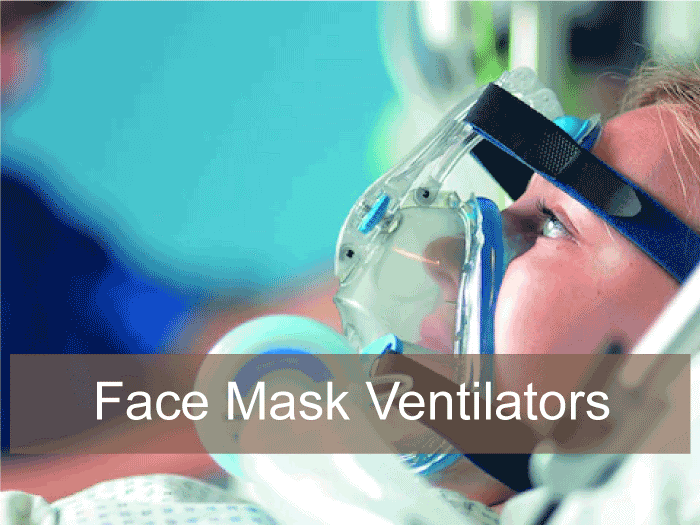
A face mask ventilator is a non-invasive way to support a person to breathe. It can be utilized as a primary method of inhalation anesthesia. Doctors use it to treat individuals if they have COVID-19 and suffering from breathing problems. The Advantages of Face Mask Ventilator
2. Mechanical Ventilator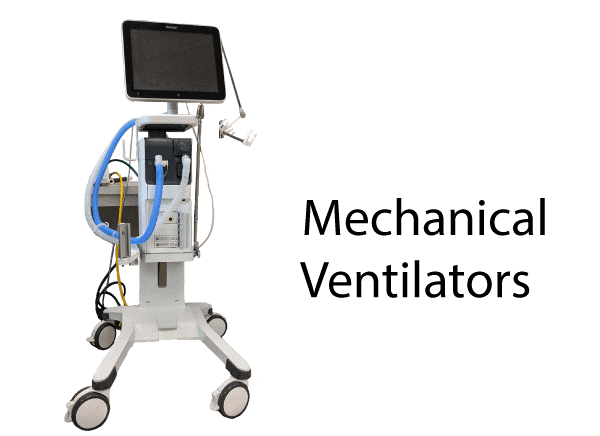
A mechanical ventilator helps an individual breathe when suffering from breathing issues. When a patient cannot breathe independently, doctors will utilize it. A ventilator, breathing machine, and respirator are other names for mechanical ventilators. Its primary objective of assisting in delivering oxygen and eliminating carbon dioxide. 3. Manual Resuscitator Bags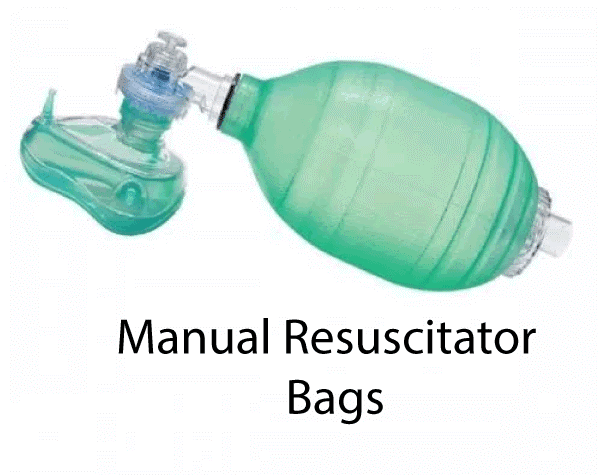
When the patient has breathing problems, a manual resuscitator bag is used to supply air manually. It provides deep breaths after suctioning, changing the trach, or switching the ventilator circuit. It can be used as a temporary substitute for the mechanical ventilator. For example, during an outage of electricity, patients can utilize a manual resuscitator bag to keep themselves alive until electricity returns. 4. Tracheostomy Ventilator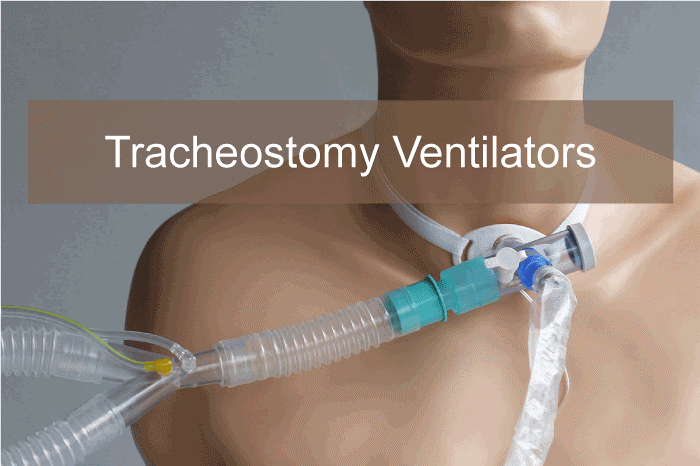
A tracheostomy involves making a small hole in the windpipe and inserting a tube to let air into and out of the body. The tube is attached to an oxygen source and a ventilator. If your normal breathing path becomes blocked or shrunk, that time tracheostomy can aid you in breathing. It allows the individual to breathe without utilizing their nose or mouth. Some patients may need long-term tracheostomies if they suffer from diseases like chronic lung or a neuromuscular problem that affects the strength of the breathing muscles. Risks of Being on a Ventilator
Guidelines for Doctors and NursesDoctors and nurses can take certain actions to reduce the possibility of the complications described above. The action includes:
Guidelines for Family MemberYou can take the following actions to make your family member more comfortable and lower the chances of complications:
Key Takeaways
FAQs on Ventilator1. How long do you require to be on a ventilator?Answer: According to your condition, the doctor will keep you on a ventilator. If a ventilator is required during surgery, it will normally only be used when the patient is unconscious. If a ventilator is required due to a medical problem, you might need to use it for several hours, days, or weeks. A patient's stay on the ventilator depends on how long the lungs take to get the strength and ability to function properly. 2. How does the ventilator work?Answer: A medical ventilator utilizes pressure to force oxygen-rich air into your airways and expel carbon dioxide from your body. Your nose, mouth, throat, voice box, windpipe, and lung tubes are all parts of your airway. 3. What is meant by monitoring?Answer: Your healthcare physician will connect you to other machines to track the functioning of your body. Monitoring includes:
4. Explain suctioningAnswer: To keep your airways open, suctioning is essential. A medical professional will put a catheter into the breathing tube to eliminate mucus. 5. Difference between ventilator and oxygen concentratorAnswer:
6. Who requires a ventilator?Answer: 1. Breathing issue A ventilator is required when a person is suffering from a breathing issue. When this happens, an individual is not able to expel carbon dioxide and is not able to absorb enough oxygen. Breathing problems may occur from traumas and diseases, such as:
2. Covid-19 patients Some COVID-19 patients experience serious respiratory issues or ARDS. In the most serious situations, where the patient's lungs are full of fluid and breathing is difficult, he requires mechanical ventilation. 3. Surgery When patients have surgery, the anesthesia prevents them from breathing; doctors utilize ventilators to help them in breathing. The patient might need to use a ventilator for some time after surgery if they fit the following criteria: i. During surgery While under general anesthesia, a ventilator can aid you in breathing. ii. Recovering from Surgery A patient may require a ventilator to aid with breathing for hours or longer following difficult surgeries.
Next TopicVerbal Communication Definition
|
 For Videos Join Our Youtube Channel: Join Now
For Videos Join Our Youtube Channel: Join Now
Feedback
- Send your Feedback to [email protected]
Help Others, Please Share










